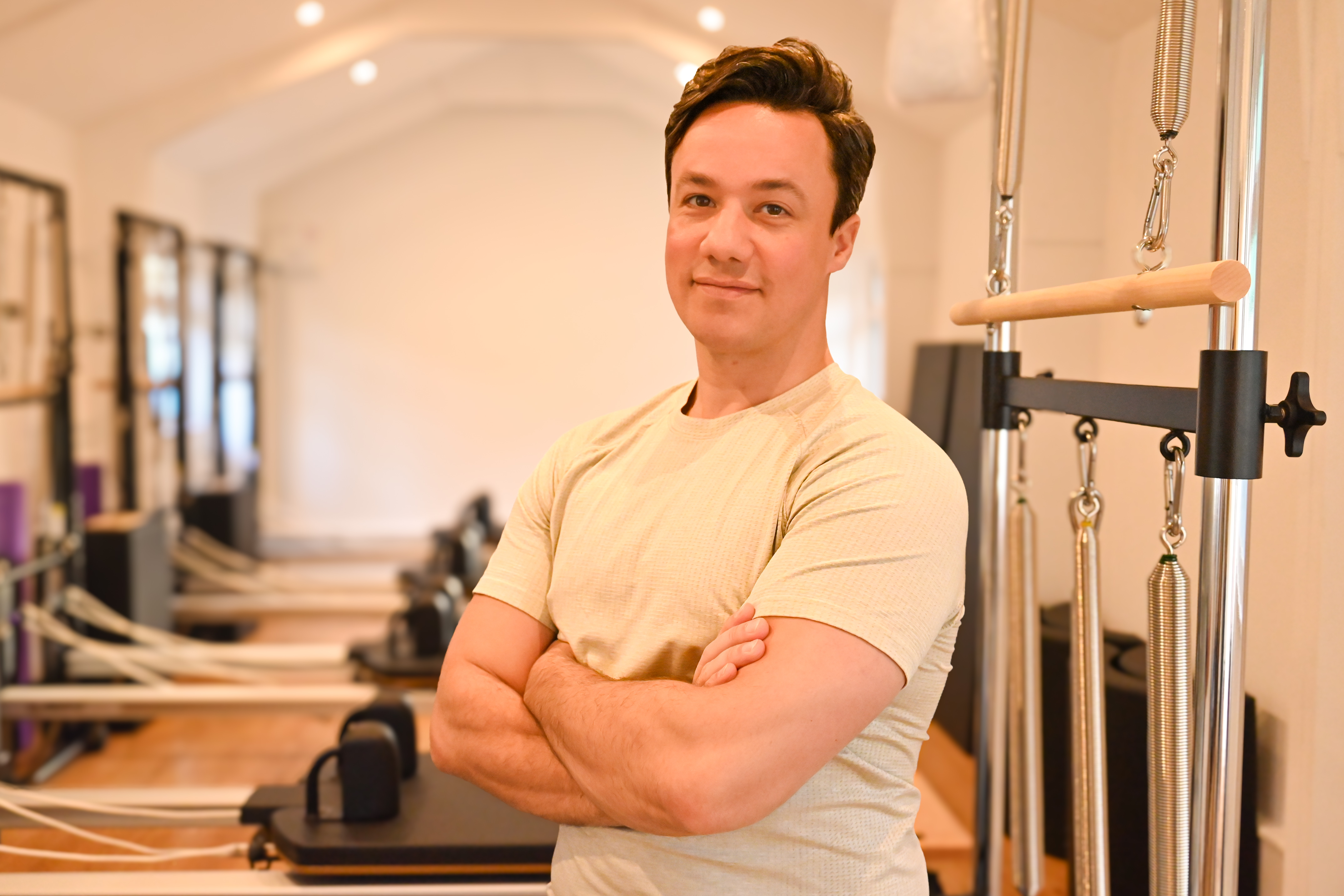How Pilates Training Can Transform You
- Saulo

- Oct 13
- 4 min read
Pilates is more than just a form of exercise - it is a holistic approach to improving your body’s strength, flexibility, and posture. Many people find that incorporating Pilates into their fitness routine leads to profound physical and mental benefits. Whether you are a beginner or someone looking to deepen your practice, understanding the core principles and techniques of Pilates can help you unlock its full potential.
Understanding Pilates Workout Techniques
Pilates workout techniques focus on controlled movements that engage the core muscles while promoting balance and alignment. The exercises are designed to strengthen the deep muscles of the abdomen, back, and pelvis, which support the spine and improve posture.
Some key Pilates workout techniques include:
Breath Control: Proper breathing is essential in Pilates. It helps oxygenate muscles and maintain rhythm during exercises.
Concentration: Each movement requires focus to ensure precision and effectiveness.
Control: Movements are performed slowly and deliberately to avoid injury and maximize muscle engagement.
Centering: Pilates emphasizes the "powerhouse" or core as the source of strength.
Flow: Exercises are linked smoothly to create a continuous sequence.
By mastering these techniques, you can improve your body awareness and movement efficiency. For example, practicing the "Hundred" exercise with controlled breathing and precise arm movements can boost your endurance and core stability.

The Physical Benefits of Pilates
Pilates offers a wide range of physical benefits that can transform your body over time. Here are some of the most notable advantages:
Improved Posture: Pilates strengthens the muscles that support your spine, helping you stand and sit taller.
Increased Flexibility: The stretching and lengthening movements enhance muscle elasticity and joint mobility.
Core Strength: A strong core reduces the risk of back pain and improves overall stability.
Better Balance and Coordination: Pilates exercises challenge your body’s balance, which is especially beneficial as you age.
Enhanced Muscle Tone: Pilates sculpts lean muscles without adding bulk, giving you a toned and defined appearance.
For instance, the "Roll-Up" exercise stretches the spine and strengthens the abdominal muscles, promoting spinal flexibility and core strength simultaneously.

What Qualifications Do You Need to Teach Pilates?
If you are inspired by Pilates and want to share its benefits with others, becoming a certified Pilates instructor is a rewarding path. Teaching Pilates requires a solid understanding of anatomy, movement principles, and the ability to guide students safely. Pursue your STOTT PILATES® certification at Sole Pilates in the heart of Deddington, Oxfordshire. Under the guidance of Merrithew® Lead Instructor Trainer Saulo Ouverney, you'll learn from a true movement expert in a dedicated and supportive environment.
To become a qualified Pilates teacher, you typically need to:
Complete a Comprehensive Training Program: Look for accredited courses that cover mat and equipment-based Pilates.
Gain Practical Experience: Hands-on practice with clients is essential to develop teaching skills.
Pass Certification Exams: These usually include written and practical assessments.
Maintain Continuing Education: Staying updated with new techniques and safety guidelines is important.
Many training programs also offer specialisations, such as Pilates for rehabilitation or pre/postnatal Pilates, allowing you to tailor your teaching to specific populations.

How Pilates Training Can Improve Mental Wellbeing
Beyond the physical advantages, Pilates also supports mental health. The focus on breath, control, and mindfulness during Pilates exercises helps reduce stress and improve concentration.
Practicing Pilates regularly can:
Lower Anxiety Levels: The calming breathing techniques promote relaxation.
Enhance Mind-Body Connection: Increased awareness of your body’s movements fosters mindfulness.
Boost Confidence: Achieving new skills and physical improvements builds self-esteem.
Improve Sleep Quality: Relaxation and physical activity contribute to better rest.
Incorporating pilates training into your routine can be a powerful tool for managing everyday stress and enhancing your overall sense of wellbeing.
Tips for Getting Started with Pilates
If you are new to Pilates, here are some practical tips to help you begin your journey:
Start with a Beginner Class: Look for classes or videos designed for newcomers to learn the basics.
Focus on Form, Not Speed: Quality of movement is more important than quantity.
Use Props and Equipment: Tools like resistance bands, balls, and reformers can enhance your practice.
Be Consistent: Aim for at least two to three sessions per week to see progress.
Listen to Your Body: Modify exercises if you experience discomfort or pain.
Remember, Pilates is adaptable to all fitness levels and ages. Whether you want to improve posture, recover from injury, or simply feel stronger, Pilates offers a supportive and effective approach.
By embracing Pilates workout techniques, you can experience a transformation that goes beyond physical fitness. The combination of strength, flexibility, and mindfulness creates a balanced and resilient body ready to meet daily challenges with ease. Start your Pilates journey today and discover the lasting benefits it can bring to your life.



Comments